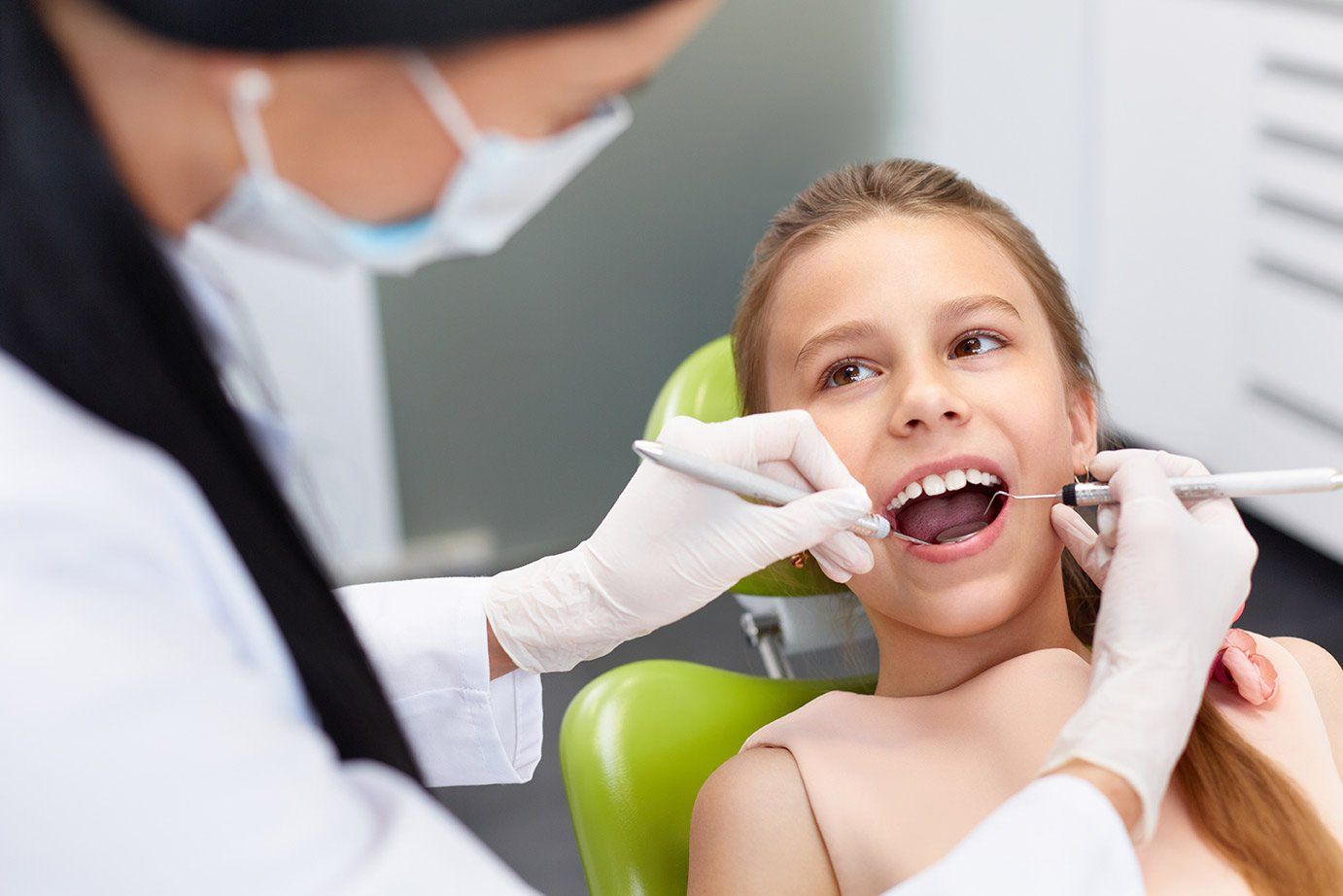Gum Disease & Periodontal Services
Your gums are just as important as your teeth. They support your teeth and keep your mouth healthy. Gum disease is a serious infection that can damage your gums and teeth. If you have gum disease, you may experience bleeding gums, bad breath, loose teeth, or pain when you chew.
There are many causes of gum disease, including:
- Poor oral hygiene: Plaque and tartar buildup can lead to gum disease.
- Tobacco use: Smoking or chewing tobacco can irritate your gums and make you more likely to develop gum disease.
- Certain medications: Some medications, such as those for diabetes or heart disease, can increase your risk of developing gum disease.
- Genetics: Some people are more likely to develop gum disease than others.
The good news is that gum disease can be prevented and treated. The best way to prevent gum disease is to practice good oral hygiene. This includes brushing your teeth twice a day, flossing once a day, and visiting your dentist for regular checkups and cleanings.
If you have gum disease, your we off a variety of treatments, including:
- Scaling and root planning: This is a deep cleaning procedure that removes plaque and tartar buildup beneath the gum line.
- Antibiotics: Antibiotics can be used to treat gum infections.
- Gum grafting: This procedure is used to repair damaged gum tissue.
- Bone grafting: This procedure is used to replace lost bone that supports your teeth.
If you have gum disease, it is important to schedule an exam with us for treatment. Early treatment can help prevent further damage to your teeth and gums.
Signs and symptoms of gum disease:
- Bleeding gums: This is the most common sign of gum disease.
- Red, swollen gums: Gums that are red and swollen are a sign of inflammation, which is a characteristic of gum disease.
- Loose teeth: If your teeth are loose, it may be a sign of gum disease.
- Bad breath: Bad breath that does not go away with brushing and flossing may be a sign of gum disease.
- Pain when chewing: Pain when chewing may be a sign of gum disease.
If you experience any of these signs or symptoms, it is important to schedule an exam wit us for treatment.
Gum disease is best treated in the early stages because as the disease progresses, it takes more procedures and more aggressive treatments to improve your oral health. Depending on the stage of gum disease you’re experiencing, our periodontal services will vary.
The stages of gum disease:
Gingivitis – Gingivitis is the earliest stage of gum disease and also the easiest to treat. Normally, the damage done by gingivitis can be treated and reversed with better oral hygiene and a few extra dental exams. However, this doesn’t mean gingivitis should be ignored, because this stage can progress to initial periodontitis if left untreated.
Initial Periodontitis – Initial periodontitis is the next stage of gum disease, where the infection begins to attack your oral structures. This stage is usually characterized by minor pain and tenderness and bleeding when you brush and floss your teeth. While the damage can’t be reversed, it should still be relatively easy for your Belvidere dentists to treat with more frequent dental exams, deep cleaning sessions, and better oral hygiene.
Moderate Periodontitis – Moderate periodontitis is very similar to initial periodontitis, except there’s more advanced damage to the ligaments and bones attaching your teeth to your gums. Additionally, the bacteria causing the infection can enter your bloodstream through your gums. This can lead to the infection reaching other parts of your body, which may explain the possible link between gum disease and heart disease.
Advanced Periodontitis – Advanced periodontitis is the most advanced stage of gum disease. You’re likely to notice severe pain and bad breath, as well as loosening teeth. At this stage, you’ll likely need multiple treatments and surgical procedures to save your smile.
Periodontal Services
We offer a variety of periodontal services that can be used by themselves or in combination to prevent and treat different stages of gum disease.
- Root planning and scaling is a minimally invasive deep cleaning procedure. During the scaling phase, we will remove the excess plaque and tartar from beneath your gum line and around your teeth. In the root planning phase, we will smooth your roots to help prevent bacteria from reaccumulating and to help your gums reattach to your teeth. This procedure not only helps prevent reinfection, but it also drastically improves the appearance of your smile.
- Antibiotics are medications that fight bacterial infections. Oral antibiotics come in the form of a pill while topical antibiotics are applied to the affected area. Antibiotics can be used in combination with other procedures to increase the effectiveness of the treatment.
- Gum grafting and bone grafting are supplemental procedures that can help restore your smile after gum disease and help protect it against further damage. Bone grafting involves transplanting bone from another source into your jaw to replace missing bone mass. Gum grafting involves taking soft tissues from inside your mouth and attaching them to areas where gum tissue is lacking.
- Pocket reduction is a more involved procedure that is similar to root planning and scaling. We will pull your gums away from the roots and bones before removing bacterial buildup and diseased gum tissue. The bones and roots will be smoothed and reshaped to help prevent bacteria from accumulating there in the future. Then, the gum tissue will be reattached to the bone with sutures in a way that reduces the depth of the pockets between your gums and your teeth.
If you are experiencing any of the signs or symptoms of gum disease, such as bleeding gums, red or swollen gums, loose teeth, bad breath, or pain when chewing, please schedule an appointment with us to discuss your treatment options.









